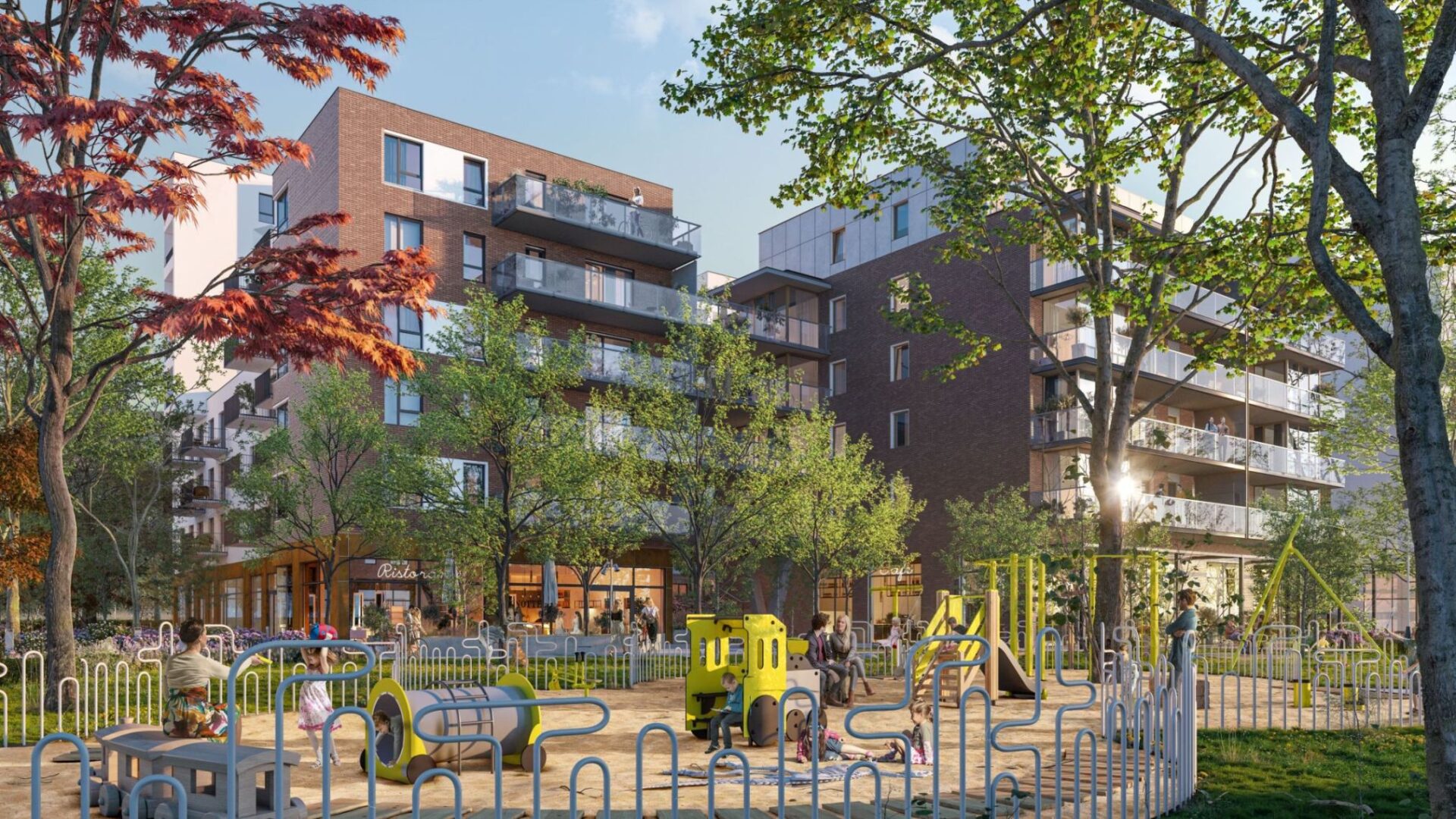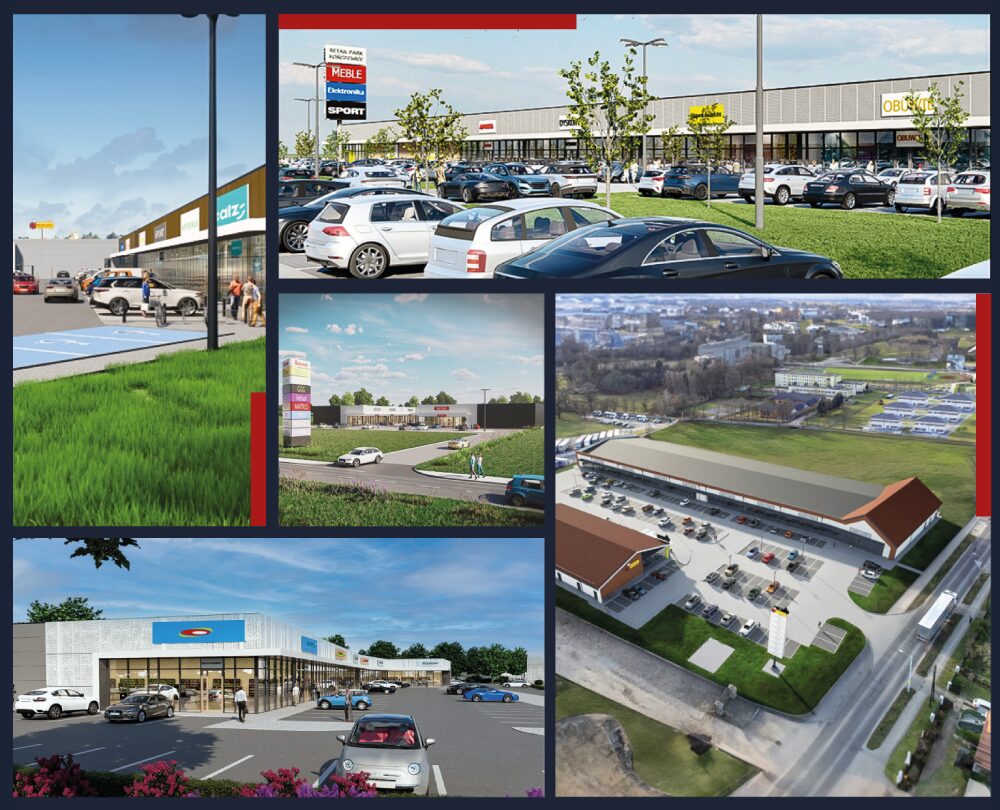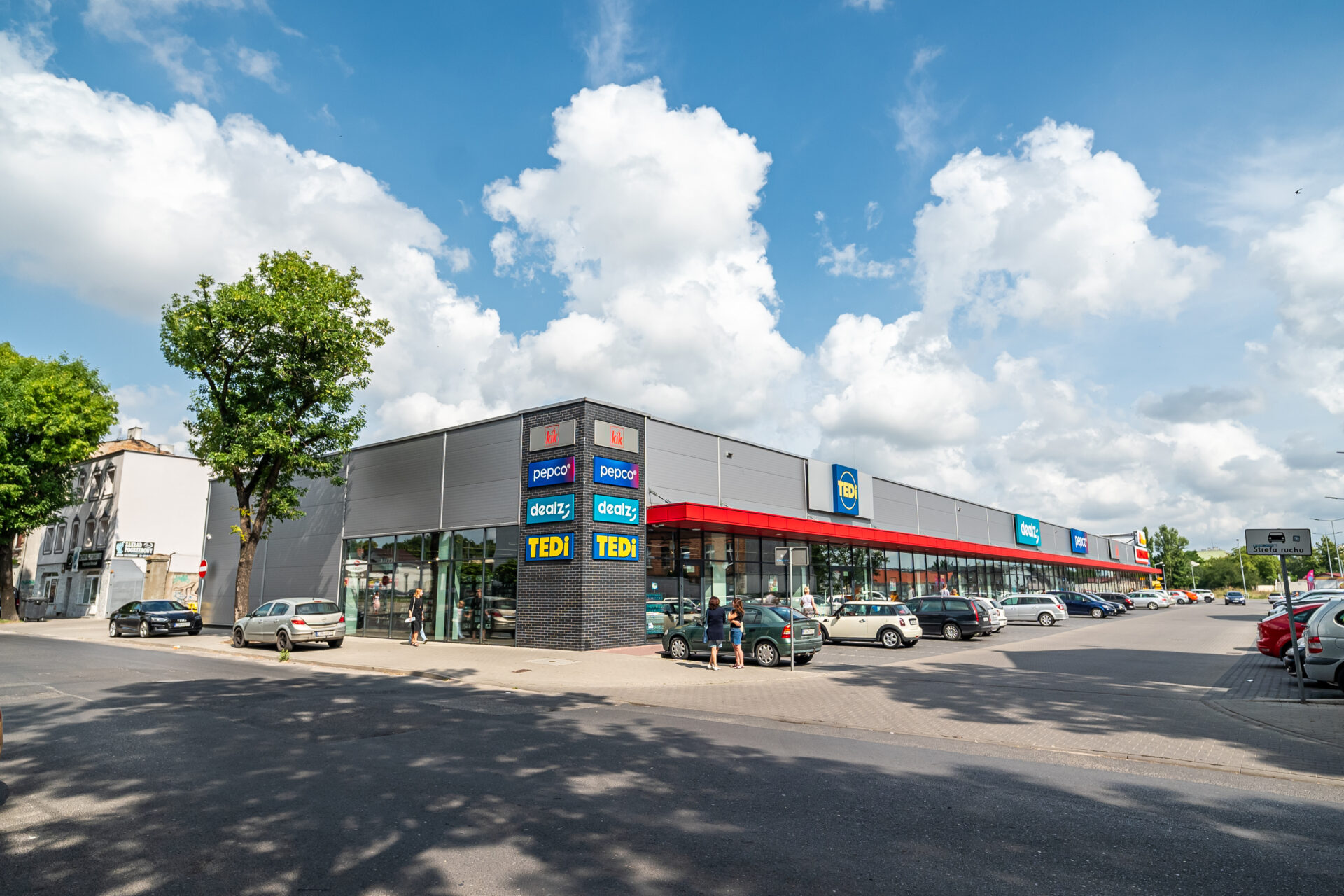New research says the wave of shopping centre closures in the US won’t be replicated in Europe thanks to smaller market size, less reliance on department stores and movement towards shopping experiences
JLL has released “Structural changes in retail – why Europe and the US are different,” a report which outlines the reasons why the wave of shopping centre closures in the US won’t be replicated in Europe, and why European retail real estate will remain a resilient and relevant asset class despite current global challenges.
James Brown, head of research and strategy, JLL, said, “Whilst it is true that the global retail landscape is facing headwinds, a lot of the noise coming out of the US is amplified. Transformation is underway; much of the department store space coming to the market will be re-let to new types of tenants, repurposed or undergo change of use.
“For Europe, the outlook is challenging but bright and the market is in a good position to deal with the ongoing structural change. It’s further along on the journey than the US. It benefits from different fundamentals; a smaller size; natural diversity and identity; more rigorous planning legislation and proactive landlords who are responding to changing shopper habits.”
Shape and size on Europe’s side
In an increasingly virtual world where spending patterns have shifted towards experience and some spend has migrated online, the US has simply too much traditional shopping centre space: 1,274 sqm of gross leasable area (GLA) per 1,000 people compared to 216 sqm in Europe. 46 percent of GLA in larger schemes in the US is devoted to department stores, which are relatively unproductive in terms of densities compared to Europe, where they only account for 27 percent.
“Incorporating diversity of retailer mix into a scheme is vital to remain relevant and keep up with what consumers want. Landlords in Europe are alive to this and have reduced their exposure to fashion and apparel, increased exposure to food and beverage and alternative uses, married online and offline and created an experience to ensure success,” added Brown.
The report also states how Europe benefits from natural cultural, economic and physical diversity and identity which is hard to replicate in the US. This helps to create the unique and diverse retail places that people want to come to, spend time and money in, and return to.
Jeremy Eddy, head of retail capital markets, JLL, added: “For investors, the right retail space in the right place continues to offer a resilient investment, but it is now more important than ever that landlords pay attention to shoppers’ and retailers’ need for physical space.
“The opportunity will be for investors to target defensive assets with sustainable income. That involves forward-thinking and proactive asset management. The shrewd investor will navigate the uncertainty, identify resilience and value, and reap the rewards.”







